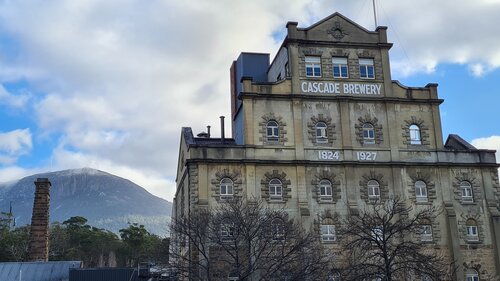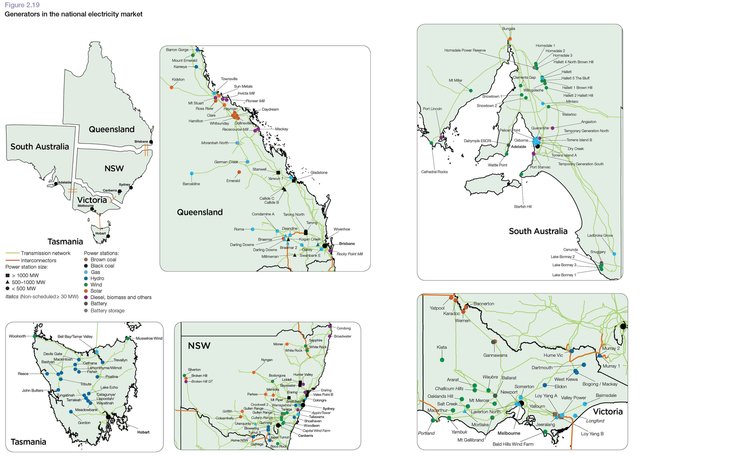



Tasmania has a population of 571,500 with more than 40% living in the state capital of Hobart. Tasmania has 49,259 homes and businesses with solar systems, and 899 have added a battery too.
20,582 solar hot water or air source heat pumps have been installed across the state. Being an island one would have expected more wind turbines to have been installed, but currently, Tasmania only has 26.
(source – Clean Energy Regulator).
The Australian PV Institute estimates the percentage of dwellings with a PV system to be 18.7%. This means there is plenty of opportunity for the uptake of PV systems within Tasmania, couple this with their cooler climates, it’s a total win-win for renewable energy.
Tasmania has already hit its goal of 100% self-sufficiency in renewable energy generation, making it one of only a handful of places around the world to achieve this. But they’re not stopping there, their new goal is to increase the state’s renewable energy output by 150% by 2030, and 200% by 2040.
(source – Tasmanian Government – department of state growth)
The number of solar systems installed grows each day, as more households realise the benefits that such a system has on their power bills and the environment. Don’t let renewable energy savings pass you by any longer, take action today to see what benefits a renewable energy system could have on your bills and the positive impact on the environment.
Tasmania’s Electricity Grid

Tasmania is part of the National Electricity Market (NEM) and they have TasNetworks as their high voltage transmission network service provider, who are owned by the Tasmanian Government. You sign up with a choice of about 7 retailers, Aurora Energy, 1st Energy, Energy Locals, Future X Power, Glow Power, GEE Energy and CovaU Energy.
To find an energy plan that meets your needs, Energy Made Easy is a great site by the Australian Government and can be accessed here. Please ensure you shop around to get the best deal, and make sure you consider the Feed-in Tariff (FITS) when looking at your energy provider, when you choose a renewable energy system for your needs, you want to get paid for the excess power your system produces.
Rebates and Incentives
Government Incentive – Small-scale Technology Certificates (STC)
When you install a renewable energy solution, you are entitled to claim Small-scale Technology Certificates (STCs) against the cost of the system. An STC is equal to 1 megawatt-hour of renewable electricity, either generated or displaced by eligible small-scale renewable energy systems such as solar PV, wind, hydro, solar water heaters and air source heat pumps.
The STCs are part of the Australian government’s Renewable Energy Target. STCs fluctuate a little in the marketplace and are generally always claimed on the customer’s behalf by the retailer installing your system.
You can claim them yourself via the REC Registry, however, it is much easier to allow your trusted and endorsed installer to claim them on your behalf. At the time of writing this, STCs are trading at $40 each, however, they have been as low as $16 per STC.
To see an up-to-date price please click here. At $40 per STC, this means for a 5kw inverter with 6.6kw of panels one can expect a reduction of $ 3,000.
The Clean Energy Regulator provides a free STC Calculator for you to establish how many STCs your renewable energy solution will generate. If you would like to see what your STC rebate would be with a ‘live’ price right now!
Greenbank Environmental can provide this here.
Feed-in tariffs (FITS)
Within Tasmania, you will be eligible for a payment for any electricity you export back to the grid that you do not consume. This is known as a Feed-in Tariff.
Currently, the regulated Feed-in Tariff is 8.883c/kWh and should stay that way until June 2025. This includes all energy you export back to the grid, be it from solar panels, wind turbines, batteries or electric vehicles.
Electric Vehicles (EVs)
The Tasmanian Government is currently waiving the stamp duty for the sale of plug-in EVs, meaning a saving of up to $2,000.
